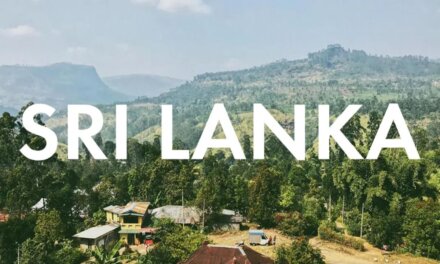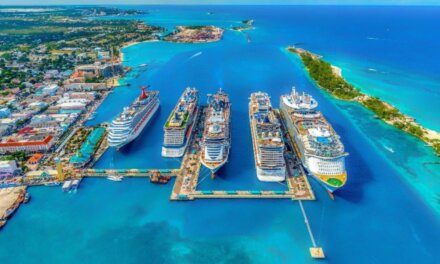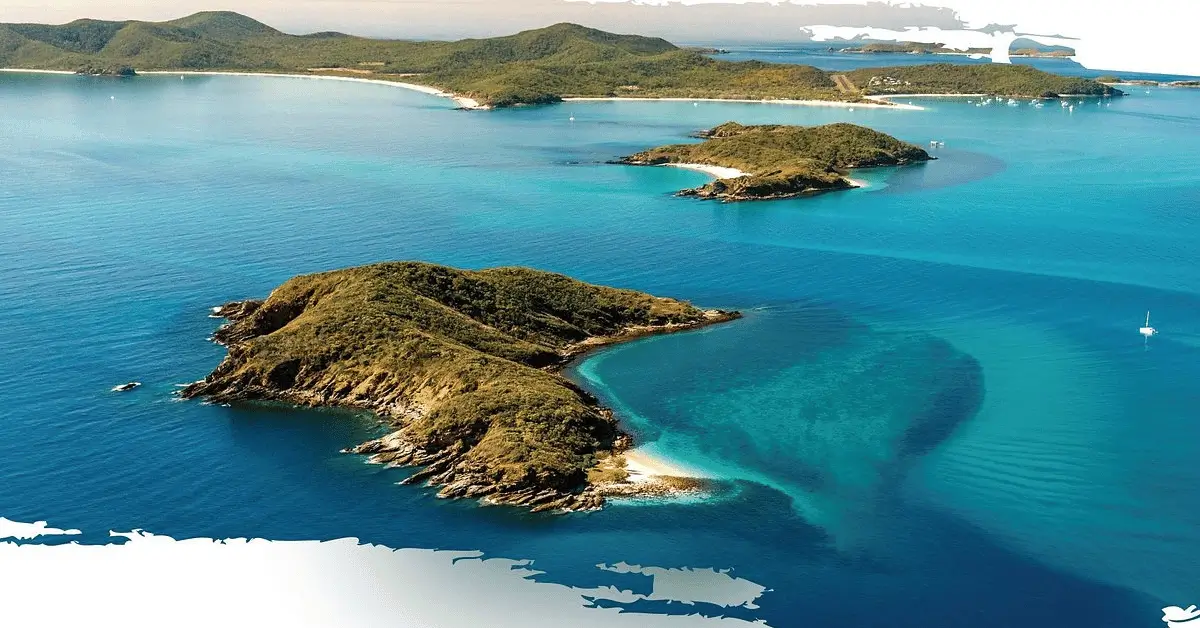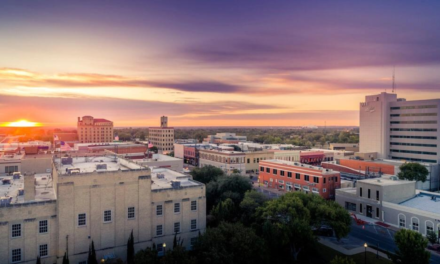
Exploring Colombia’s Hidden and Iconic Landmarks
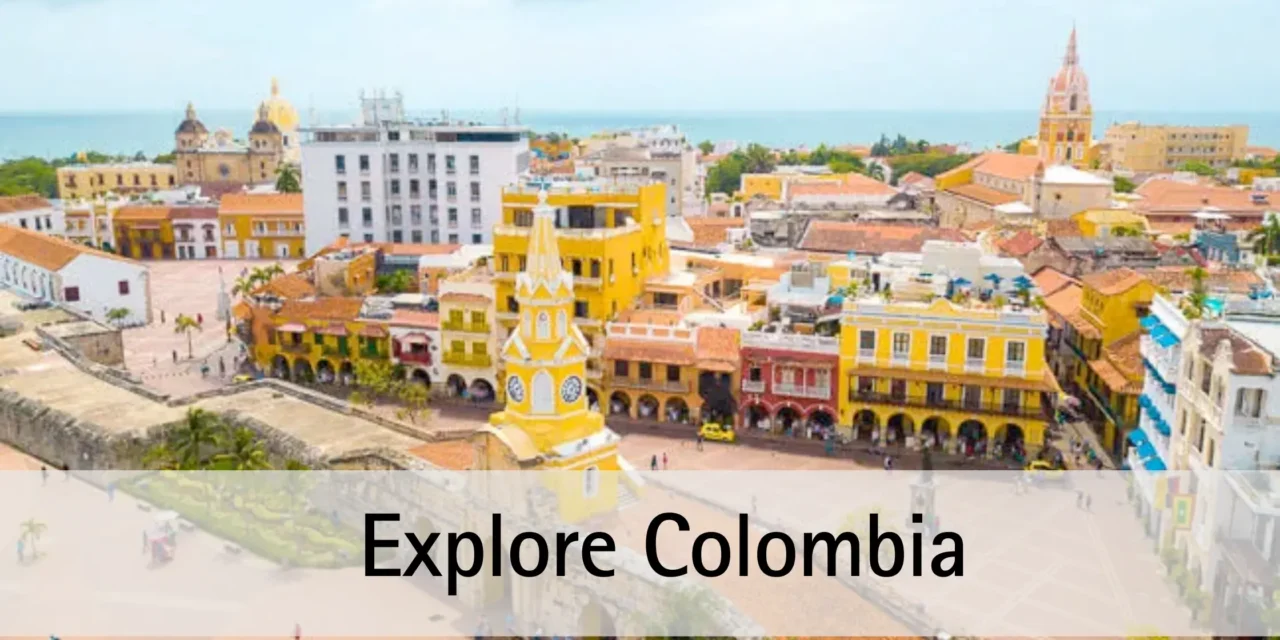
Colombia is a land of contrasts—its landscapes range from cloud-topped mountains to sun-drenched beaches, and its cities blend colonial history with vibrant modern culture. Whether you’re a history buff, a nature enthusiast, or a casual traveler, the country’s rich tapestry of landmarks will leave you spellbound. From ancient cities lost to the jungle to stunning salt cathedrals buried deep underground, famous landmarks in colombia tell the story of a country that’s as diverse as its people.
Here’s a guide to some of Colombia’s most iconic and breathtaking landmarks that are well worth adding to your travel itinerary.
1. Cartagena’s Walled City
Few places embody Colombia’s history like Cartagena’s walled city. This UNESCO World Heritage site is a captivating blend of colonial architecture, vibrant street life, and Caribbean flair. Strolling through the cobblestone streets, you’re surrounded by pastel-colored houses with grand balconies draped in flowers. The city’s fortifications, built to protect it from pirates, still stand tall, offering panoramic views of the Caribbean Sea.
Beyond its historical significance, Cartagena’s old town is alive with culture—cafes spill out into plazas, and street performers liven up the evenings with music and dance. Whether you’re exploring the ancient walls or sampling local cuisine, Cartagena feels like stepping back in time.
2. Tayrona National Park
Tayrona National Park is a place where nature reigns supreme. Nestled on Colombia’s northern coast, where the jungle meets the Caribbean, Tayrona is a paradise for nature lovers and beach-goers alike. The park’s untouched beaches, such as Cabo San Juan, are framed by towering palm trees and turquoise waters, creating an idyllic setting for relaxation or adventure.
But Tayrona is more than just stunning beaches. Venture inland, and you’ll find trails that lead through lush rainforest, alive with the sounds of wildlife. The park is also home to the indigenous Kogi people, whose ancient stone pathways can still be found hidden among the trees. Whether you’re hiking, swimming, or simply soaking in the views, Tayrona offers an unforgettable escape into nature.
3. Ciudad Perdida (The Lost City)
Hidden deep in the Sierra Nevada de Santa Marta mountains, Ciudad Perdida is one of Colombia’s most mystical and ancient sites. Thought to have been built around 800 AD by the Tayrona civilization, this “Lost City” predates Machu Picchu by several centuries. Reaching it isn’t easy—it requires a four to six-day trek through dense jungle, across rivers, and up steep mountain paths—but the journey is half the adventure.
Arriving at Ciudad Perdida feels like discovering something timeless. The city’s terraces, plazas, and staircases, all hidden away in the forest, give you a glimpse into an ancient civilization that once thrived here. For those with a sense of adventure and a love of history, visiting Ciudad Perdida is a deeply rewarding experience.
4. The Salt Cathedral of Zipaquirá
About an hour outside of Bogotá lies one of Colombia’s most unique attractions: the Salt Cathedral of Zipaquirá. Carved into the tunnels of a former salt mine, this underground cathedral is a stunning feat of both engineering and artistry. The space feels almost otherworldly, with dim lighting and towering sculptures of religious figures carved entirely from salt.
Visitors descend deep into the mine, passing through the Stations of the Cross until they reach the grand nave of the cathedral. The experience is both spiritual and architectural—a blend of faith, nature, and human creativity. The Salt Cathedral is often called Colombia’s “Jewel of Modern Architecture” and remains a powerful symbol of the country’s devotion and resilience.
5. Cocora Valley
If you’re looking for one of Colombia’s most iconic and photogenic landscapes, look no further than the Cocora Valley. Located in the heart of the country’s coffee region, this valley is home to the world’s tallest palm trees, the Quindío wax palms, which can grow up to 200 feet tall. These slender, towering trees create a surreal backdrop against the valley’s rolling green hills and misty mountains.
Hiking through the Cocora Valley offers stunning views of the palms and the surrounding countryside, where the landscape changes from lush cloud forests to grassy meadows. It’s an experience that’s both peaceful and awe-inspiring. For many travelers, the Cocora Valley is a highlight of any trip to Colombia’s coffee region.
6. The Coffee Cultural Landscape
Colombia’s Coffee Cultural Landscape is more than just picturesque farms; it’s the heart of the country’s coffee-growing tradition. Spanning the regions of Caldas, Quindío, and Risaralda, this UNESCO World Heritage site offers visitors a chance to immerse themselves in the life of a Colombian coffee farmer.
Here, you can tour traditional coffee farms, learn about the coffee-making process from bean to cup, and of course, sample some of the world’s finest brews. The landscape itself is stunning—rolling hills blanketed with coffee plants, punctuated by colorful farmhouses and surrounded by the majestic Andes mountains. For anyone who appreciates coffee, this region is a must-visit, offering a deep dive into one of Colombia’s proudest cultural exports.
Conclusion
Colombia’s landmarks are as varied as the country itself, offering a rich blend of natural beauty, history, and cultural heritage. Whether you’re trekking through ancient ruins, exploring vibrant colonial cities, or marveling at the engineering wonders hidden beneath the earth, each landmark tells a story of Colombia’s past and present.
From the beaches of Tayrona to the palms of Cocora, from Cartagena’s fortified walls to the hidden treasures of Ciudad Perdida, Colombia’s landmarks invite you to explore a country that is both ancient and modern, mysterious and welcoming, and always unforgettable.








